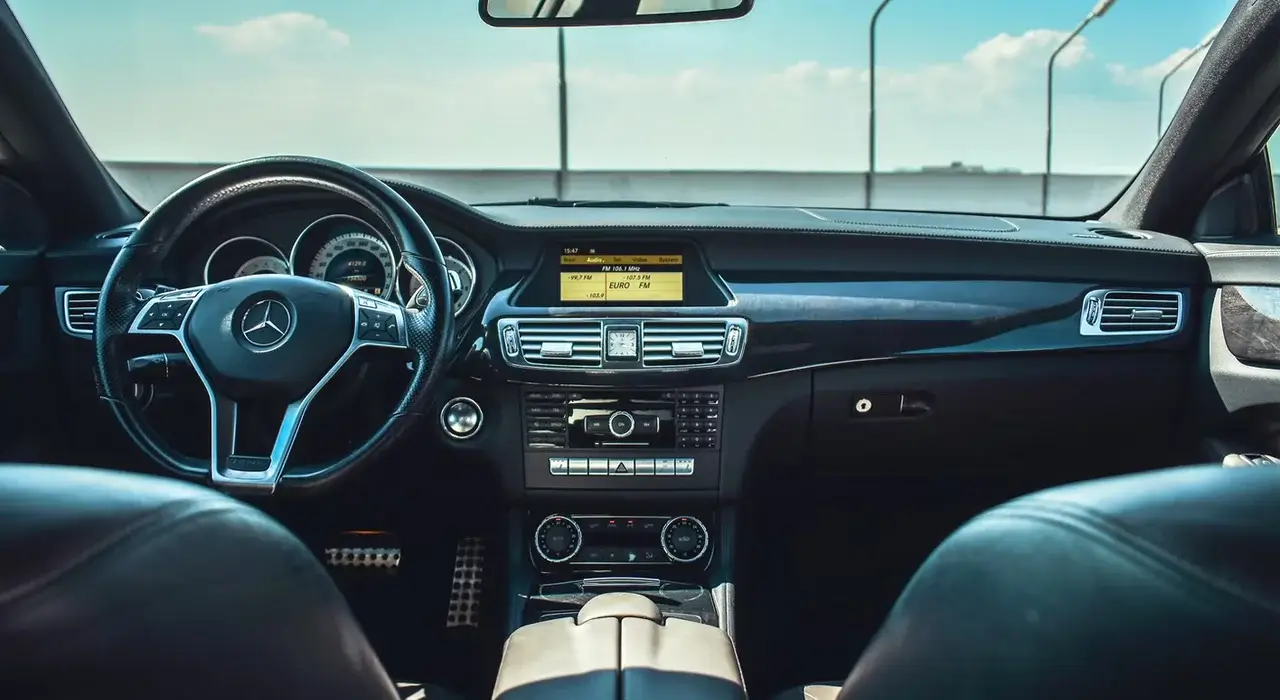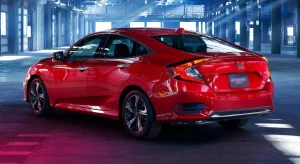If you have decent knowledge about cars, you may have come across the term OBD or OBD II. OBD stands for Onboard diagnostics, and it helps provide diagnostics of the car to the user. In today’s article, we will be getting into the discussion of the history of OBD2, and when did OBD2 start.
Technology in cars has evolved so much, that it is very difficult to keep track of what was discovered, and when. OBD2 isn’t a very new discovery, and it has been around for a while now, so let’s get into the specifics about its history now!
What is OBD2?
You probably have a moderate understanding of what OBD2 is, but if not then it might sound very complex to you. However, it is actually quite a simple component. It is an automotive electronic system that gives self-diagnostic reports to technicians, so they can make the repairs easily.
The OBD2 is a part of the ECU (engine control unit), where the diagnostics information is generated. It’ll give codes like module $07e8, p0013 and help you diagnose the issue.
Usually, the OBD2 is located on the underside or below the driver’s side dashboard, but its position may vary from car to car. The port for OBD2 either has a 6-pin, 9-pin, or 16-pin configuration, which also depends on the model of the car.
When Did OBD2 Start?
As we have mentioned before, it’s not like the OBD2 is a very recent invention. The short answer is that the OBD2 started in 1996, but it was developed a few years before that. After its introduction in 1996, it was only used in the newest car models, and some light trucks as well. However, the OBD2 wasn’t spread across the world initially. In 1996, it was usually included in the newer car models that were sold in the US.
Suggestion: New 2022 Toyota RAV4 Prime SUV Reviews Prices, Specs, and Features
Throughout the years the on-board diagnostics have developed more, and have become more comprehensive in giving diagnostics information. Initially, the vehicles that came with OBD2 detected random misfires, air leakages, and malfunctions in the Exhaust Gas Recirculating system. A primary function of this component from the very beginning was to signal the driver when there was an issue with the emissions by illuminating the MIL.
History of OBD2
For you to understand the entire history of OBD2, we will have to go back even further than 1996. You may be surprised to hear that OBD1 and OBD2 aren’t the origins of on-board diagnostics systems.
Start of Diagnostics Systems in 1968
It all started way back in 1968 in the Volkswagen headquarters. The Volkswagen Type 3 E was introduced to the public, and it was the first automobile that came with electronic fuel injection. After some further development, in 1978 Datsun came out with a simple functioning OBD system with computers that could do tuning of the fuel-injection system in real-time.
General Motors ALDL
The next form of on-board diagnostics was the Assembly Line Diagnostic Link by General Motors in the United States. General Motors introduced the new models in 1980, and by 1981 it became a standard for all vehicles that were sold in the United States.
Related Post: 9 Best Air Compressor For Painting Cars At Home To Buy in 2022
Genesis of OBD1
Regardless of these diagnostics systems, cars were still producing high emissions, and worse they were passing the emissions test because it was so lenient. So, in 1988 the California Air Resources Board (CARB) made it mandatory for vehicles there to be sold with some sort of on-board diagnostics system. This system had to detect any faults of the sensors or parts of the emission system.
During this time, the OBD1 was introduced. The OBD1 had a very simple mechanism, and its job was to check the fuel delivery system, the oxygen sensor, the ECM, and the EGR system.
The issue with OBD1 was that it didn’t easily fit with all vehicles, and required vehicle owners to purchase special scanners or adaptors, This made this tool quite expensive, and lead to an inconvenience for middle-class car owners. Other issues with the OBD1 were that it couldn’t monitor any problems with the catalytic converter and the evaporative emissions system.
Introduction of OBD2
To tackle these problems, in 1989 the CARB gave protocols to start working on a more advanced OBD system. So, in 1994 the OBD2 was born, and it was much more technologically advanced than the OBD1. By connecting a scanner with the OBD2 port, trouble codes would pop up to show what problems there are which are turning the engine light on.
Popular For You: 9 Best Dash Cam With Night Vision for Cars in 2022 Review to Buy Online
In 1996, the OBD2 started, and it became mandatory for vehicles all over the United States to have vehicles with the OBD2.
What’s the Difference between OBD1 and OBD2?
You can already tell that the OBD2 gives much more detailed diagnostics, and is able to detect more problems than the OBD1. Unlike, OBD1 it has a standardized design which makes it convenient for average car owners as well since everyone can use the 16-pin OBD2 scanner.
While the OBD1 had to be connected externally, the OBD2 comes included inside the vehicle. Also, the OBD2 system comes equipped with more oxygen sensors that can detect problems with the catalytic converter, and it comes with MAF and MAP sensors. If all that wasn’t enough, it also comes with EEPROM which lets the ECU of your vehicle be updated.
Final Words
Having OBD2 in vehicles is mandatory now by law all across the world, and as you can see it’s a very useful component. We have tried our best to show you how the OBD2 was developed instead of just giving you a brief answer to when did OBD2 start. The history of OBD2 is longer than you may have thought, but we hope you had a good time learning about it!





